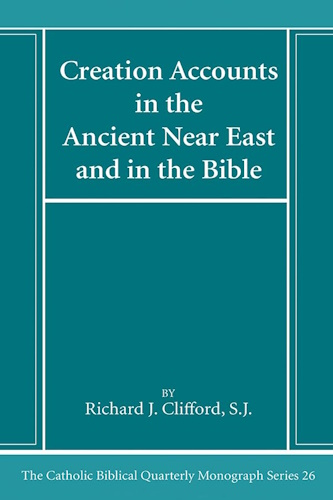
Creation Accounts in the Ancient Near East and in the Bible
No details.
Series: Catholic Biblical Quarterly Monograph Series
Paperback: 217 pages
Publisher: Catholic Biblical Assn of Amer (August 1, 1994)
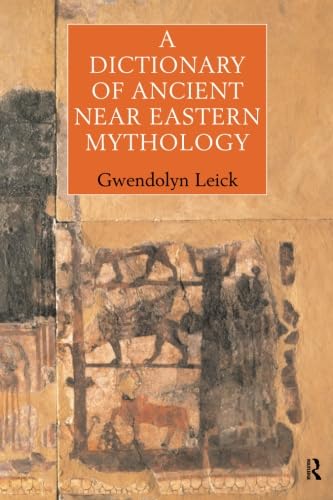

A Dictionary of Ancient Near Eastern Mythology

The Dictionary of Ancient Near Eastern Mythology covers sources from Mesopotamia, Syro-Palestine and Anatolia, from around 2800 to 300 BC. It contains entries on gods and goddesses, giving evidence of their worship in temples, describing their 'character', as documented by the texts, and defining their roles within the body of mythological narratives; synoptic entries on myths, giving the place of origin of main texts and a brief history of their transmission through the ages; and entries explaining the use of specialist terminology, for such things as categories of Sumerian texts or types of mythological figures.
About the Author
Gwendolyn Leick is Lecturer at the University of Wales, College of Cardiff.
Paperback: 240 pages
Publisher: Routledge; 1 edition (October 22, 1998)


Gods, Demons and Symbols of Ancient Mesopotamia, An Illustrated Dictionary

Ancient Mesopotamia was a rich, varied and highly complex culture whose achievements included the invention of writing and the development of sophisticated urban society. This book offers an introductory guide to the beliefs and customs of the ancient Mesopotamians, as revealed in their art and their writings between about 3000 B.C. and the advent of the Christian era. Gods, goddesses, demons, monsters, magic, myths, religious symbolism, ritual, and the spiritual world are all discussed in alphabetical entries ranging from short accounts to extended essays. Names are given in both their Sumerian and Akkadian forms, and all entries are fully cross-referenced. A useful introduction provides historical and geographical background and describes the sources of our knowledge about the religion, mythology and magic of "the cradle of civilisation".
Paperback: 192 pages
Publisher: University of Texas Press; First Softcover edition (May 1, 1992)
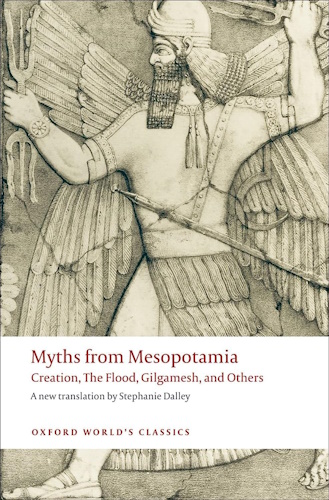

Myths From Mesopotamia: Creation, The Flood, Gilgamesh and Others

The ancient civilization of Mesopotamia thrived between the rivers Tigris and Euphrates over 4,000 years ago. The myths collected here, originally written in cuneiform on clay tablets, include parallels with the biblical stories of the Creation and the Flood, and the famous Epic of Gilgamesh, the tale of a man of great strength, whose heroic quest for immortality is dashed through one moment of weakness.
Recent developments in Akkadian grammar and lexicography mean that this new translation--complete with notes, a glossary of deities, place-names, and key terms, and illustrations of the mythical monsters featured in the text--will replace all other versions.
About the Series: For over 100 years Oxford World's Classics has made available the broadest spectrum of literature from around the globe. Each affordable volume reflects Oxford's commitment to scholarship, providing the most accurate text plus a wealth of other valuable features, including expert introductions by leading authorities, voluminous notes to clarify the text, up-to-date bibliographies for further study, and much more.
About the Author
Stephanie Dalley is Shillito Fellow in Assyriology at the Oriental Institute, Oxford and a Senior Research Fellow, Somerville College, Oxford.
Series: Oxford World's Classics
Paperback: 368 pages
Publisher: Oxford University Press; Revised edition (February 15, 2009)


The New Oxford Annotated Bible With Apocrypha

Students, professors and general readers alike have relied upon The Oxford Annotated Bible for essential scholarship and guidance to the world of the Bible for nearly four decades. Now a new editorial board and team of contributors have completely updated this classic work. The result is a volume which maintains and extends the excellence the Annotated's users have come to expect, bringing new insights, information, and approaches to bear upon the understanding of the text of the Bible.
The new edition includes a full index to all of the study material (not just to the annotations), and one that is keyed to page numbers, not to citations. And, to make certain points in the text clearer for the reader, there are approximately 40 in-text, line drawing maps and diagrams.
With the best of the Annotated's traditional strengths, and the augmentation of new information and new approaches represented in current scholarship, the Third Edition will serve as the reader's and student's constant resource for a new century.
About the Author
Michael Coogan is Professor of Religious Studies at Stonehill College in Easton, Massachusetts, and director of publications for the Harvard Semitic Museum. Carol Newsom is at Candler School of Theology, Atlanta, Georgia.
Paperback: 2180 pages
Publisher: Oxford University Press; College edition (January 25, 2001)
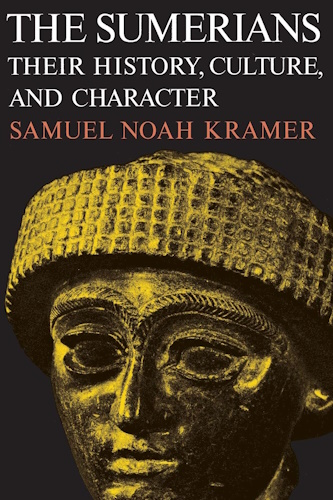

The Sumerians: Their History, Culture, and Character

The Sumerians, the pragmatic and gifted people who preceded the Semites in the land first known as Sumer and later as Babylonia, created what was probably the first high civilization in the history of man, spanning the fifth to the second millenniums B.C. This book is an unparalleled compendium of what is known about them.
Professor Kramer communicates his enthusiasm for his subject as he outlines the history of the Sumerian civilization and describes their cities, religion, literature, education, scientific achievements, social structure, and psychology. Finally, he considers the legacy of Sumer to the ancient and modern world.
"There are few scholars in the world qualified to write such a book, and certainly Kramer is one of them. . . . One of the most valuable features of this book is the quantity of texts and fragments which are published for the first time in a form available to the general reader. For the layman the book provides a readable and up-to-date introduction to a most fascinating culture. For the specialist it presents a synthesis with which he may not agree but from which he will nonetheless derive stimulation."—American Journal of Archaeology
"An uncontested authority on the civilization of Sumer, Professor Kramer writes with grace and urbanity."—Library Journal
Paperback: 372 pages
Publisher: University of Chicago Press; Revised ed. edition (February 15, 1971)
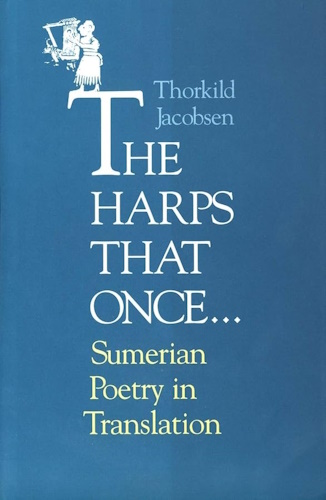

The Harps that Once...: Sumerian Poetry in Translation

The eminent Assyriologist Thorkild Jacobsen, author of Treasures of Darkness, here presents translations of ancient Sumerian poems written near the end of the third millennium b.c.e., including a number of compositions that have never before been published in translation. The themes developed in the poems—quite possibly the earliest poems extant—are those that have fascinated humanity since the time people first began to spin stories: the longings of young lovers; courage in battle; joy at the birth of a child; the pleasures of drink and song.
About the Author
The late Thorkild Jacobsen was professor of Assyriology emeritus at Harvard University.
Paperback: 514 pages
Publisher: Yale University Press; Reprint edition (September 23, 1997)
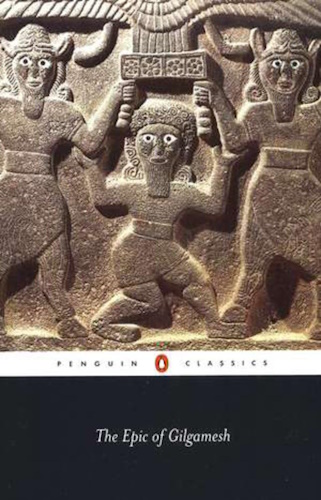

N. K. Sandars's landmark translation of one of the first and greatest works of Western literature
Gilgamesh, King of Uruk, and his companion Enkidu are the only heroes to have survived from the ancient literature of Babylon, immortalized in this epic poem that dates back to the third millennium BC. Together they journey to the Spring of Youth, defeat the Bull of Heaven and slay the monster Humbaba. When Enkidu dies, Gilgamesh’s grief and fear of death are such that they lead him to undertake a quest for eternal life. A timeless tale of morality, tragedy and pure adventure, The Epic of Gilgamesh is a landmark literary exploration of man’s search for immortality.
N. K. Sandars’s lucid, accessible translation is prefaced by a detailed introduction that examines the narrative and historical context of the work. In addition, there is a glossary of names and a map of the Ancient Orient.
For more than seventy years, Penguin has been the leading publisher of classic literature in the English-speaking world. With more than 1,700 titles, Penguin Classics represents a global bookshelf of the best works throughout history and across genres and disciplines. Readers trust the series to provide authoritative texts enhanced by introductions and notes by distinguished scholars and contemporary authors, as well as up-to-date translations by award-winning translators.
Paperback: 128 pages
Publisher: Penguin Classics; Revised edition (December 30, 1960)


The Tree of Life: An Archaeological Study

No details.
About the Author
E.O. James
Series: Numen Book Series (Book 11)
Library Binding: 293 pages
Publisher: CreateSpace Independent Publishing Platform (June 28, 2011)
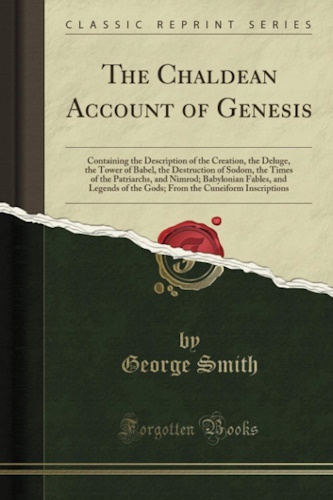

The Chaldean Account of Genesis

Read an invaluable collection of ancient Mesopotamian texts in The Chaldean Account of Genesis: Containing the Description of the Creation by George Smith. Smith pioneered the study of Assyriology, which investigates the history and culture of Mesopotamia (modern day Iraq). Assyriology encompasses Biblically significant locations such as Assyria, Babylonia and Sumer. During his studies in Assyria, Smith discovered the Epic of Gilgamesh, the oldest known work of literature, which is an account of the Great Flood.
The Chaldean Account of Genesis: Containing the Description of the Creation collects translations of all of the major tablets that Smith discovered, including the story of Gilgamesh. He translates the story of the Creation as it appeared in ancient texts, as well as the Tower of Babel and the Destruction of Sodom. In addition to the texts that are parallel to stories from the Christian Bible, Smith gathered tablets which tell the history, culture and religion of ancient Mesopotamian cultures. Smith discovered a tablet with the story of Ishtar, goddess of sexuality and warfare, who descended to the Underworld. He also tells the story of the Babylonian god Zu, which was then an obscure religious story to the Babylonian and Assyrians.
The text also includes illustrations of significant events. Some of the texts are incomplete due to the nature of the ancient tablets, many of which are merely fragments. Still, because of the meticulous work of Smith and his contemporaries, readers can learn about history that had previously been lost. The Chaldean Account of Genesis: Containing the Description of the Creation is a must-read.
About the Publisher
Forgotten Books publishes hundreds of thousands of rare and classic books. Find more at www.forgottenbooks.com
This book is a reproduction of an important historical work. Forgotten Books uses state-of-the-art technology to digitally reconstruct the work, preserving the original format whilst repairing imperfections present in the aged copy. In rare cases, an imperfection in the original, such as a blemish or missing page, may be replicated in our edition. We do, however, repair the vast majority of imperfections successfully; any imperfections that remain are intentionally left to preserve the state of such historical works.
Paperback: 412 pages
Publisher: Forgotten Books (April 19, 2018)
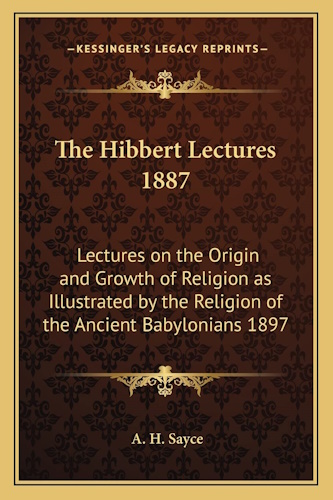

The Hibbert Lectures 1887: Lectures on the Origin and Growth of Religion as Illustrated by the Religion of the Ancient Babylonians

This scarce antiquarian book is a facsimile reprint of the original. Due to its age, it may contain imperfections such as marks, notations, marginalia and flawed pages. Because we believe this work is culturally important, we have made it available as part of our commitment for protecting, preserving, and promoting the world's literature in affordable, high quality, modern editions that are true to the original work.
Paperback: 566 pages
Publisher: Kessinger Publishing, LLC (September 10, 2010)
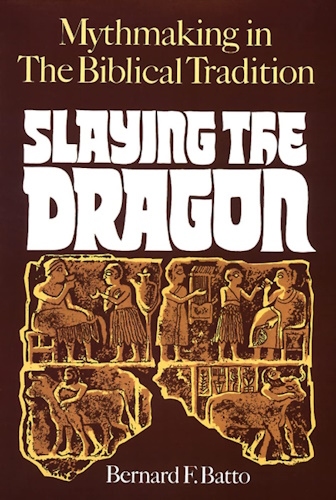

<
Slaying the Dragon, Mythmaking in the Biblical Tradition

In Slaying the Dragon: Mythmaking in the Biblical Tradition, Bernard Batto argues that biblical authors, like other ancient Near East authors, used mythic traditions in composing their works. Batto joins massive evidence with masterful argument to show that myth actually lies at the heart of the theological enterprise of the biblical authors. Slaying the Dragon is sure to provoke dicussion on the theological relevance of myth in the biblical tradition.
About the Author
Bernard F. Batto is Professor of Religious Studies at DePauw University in Greencastle, Indiana.
Paperback: 256 pages
Publisher: Westminster John Knox Press; 1st edition (November 1, 1992)
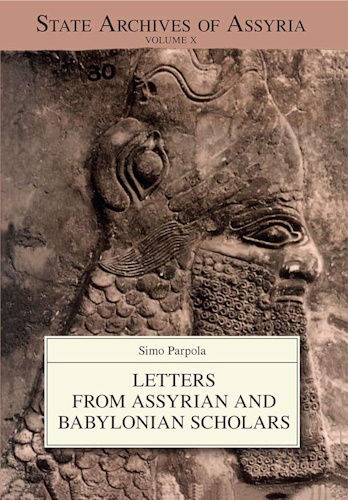

I Studied Inscriptions From Before the Flood, Ancient Near Eastern, Literary, and Linguistic Approaches to Genesis 1-11

This volume collects the best of recent research and classic essays on the Primeval History, including several articles that have not appeared heretofore in English. The articles provide students and scholars with easy access to significant scholarship illuminating both the world outside the text and the world within the text.
Hardcover: 480 pages
Publisher: Eisenbrauns (January 16, 2018)


Word Biblical Commentary, Genesis 1-15

The Word Biblical Commentary delivers the best in biblical scholarship, from the leading scholars of our day who share a commitment to Scripture as divine revelation. This series emphasizes a thorough analysis of textual, linguistic, structural, and theological evidence. The result is judicious and balanced insight into the meanings of the text in the framework of biblical theology. These widely acclaimed commentaries serve as exceptional resources for the professional theologian and instructor, the seminary or university student, the working minister, and everyone concerned with building theological understanding from a solid base of biblical scholarship.
Overview of Commentary Organization
- Introduction—covers issues pertaining to the whole book, including context, date, authorship, composition, interpretive issues, purpose, and theology.
- Each section of the commentary includes:
- Pericope Bibliography—a helpful resource containing the most important works that pertain to each particular pericope.
- Translation—the author’s own translation of the biblical text, reflecting the end result of exegesis and attending to Hebrew and Greek idiomatic usage of words, phrases, and tenses, yet in reasonably good English.
- Notes—the author’s notes to the translation that address any textual variants, grammatical forms, syntactical constructions, basic meanings of words, and problems of translation.
- Form/Structure/Setting—a discussion of redaction, genre, sources, and tradition as they concern the origin of the pericope, its canonical form, and its relation to the biblical and extra-biblical contexts in order to illuminate the structure and character of the pericope. Rhetorical or compositional features important to understanding the passage are also introduced here.
- Comment—verse-by-verse interpretation of the text and dialogue with other interpreters, engaging with current opinion and scholarly research.
- Explanation—brings together all the results of the discussion in previous sections to expose the meaning and intention of the text at several levels: (1) within the context of the book itself; (2) its meaning in the OT or NT; (3) its place in the entire canon; (4) theological relevance to broader OT or NT issues.
- General Bibliography—occurring at the end of each volume, this extensive bibliography contains all sources used anywhere in the commentary.
About the Author
Gordon J. Wenham (PhD, University of London) is tutor in Old Testament at Trinity College, Bristol, England, and professor emeritus of Old Testament at the University of Gloucestershire. He is the author or editor of numerous books, including Story as Torah and commentaries on Genesis, Leviticus, and Numbers.
Series: Word Biblical Commentary (Book 1)
Hardcover: 408 pages
Publisher: Zondervan (December 23, 2014)
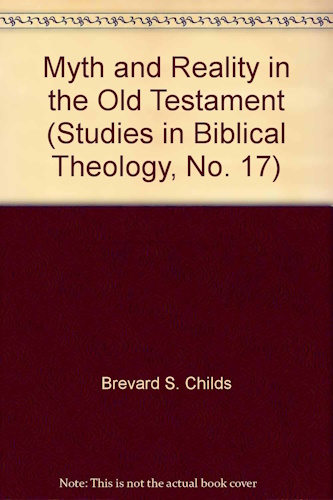

Myth and Reality in the Old Testament (Studies in Biblical Theology)

This is a study of myth and reality in the Old Testament. It is written from a Christian perspective.
Hardcover: 112 pages
Publisher: SCM Press, Ltd. (1960)
![]()
![]()